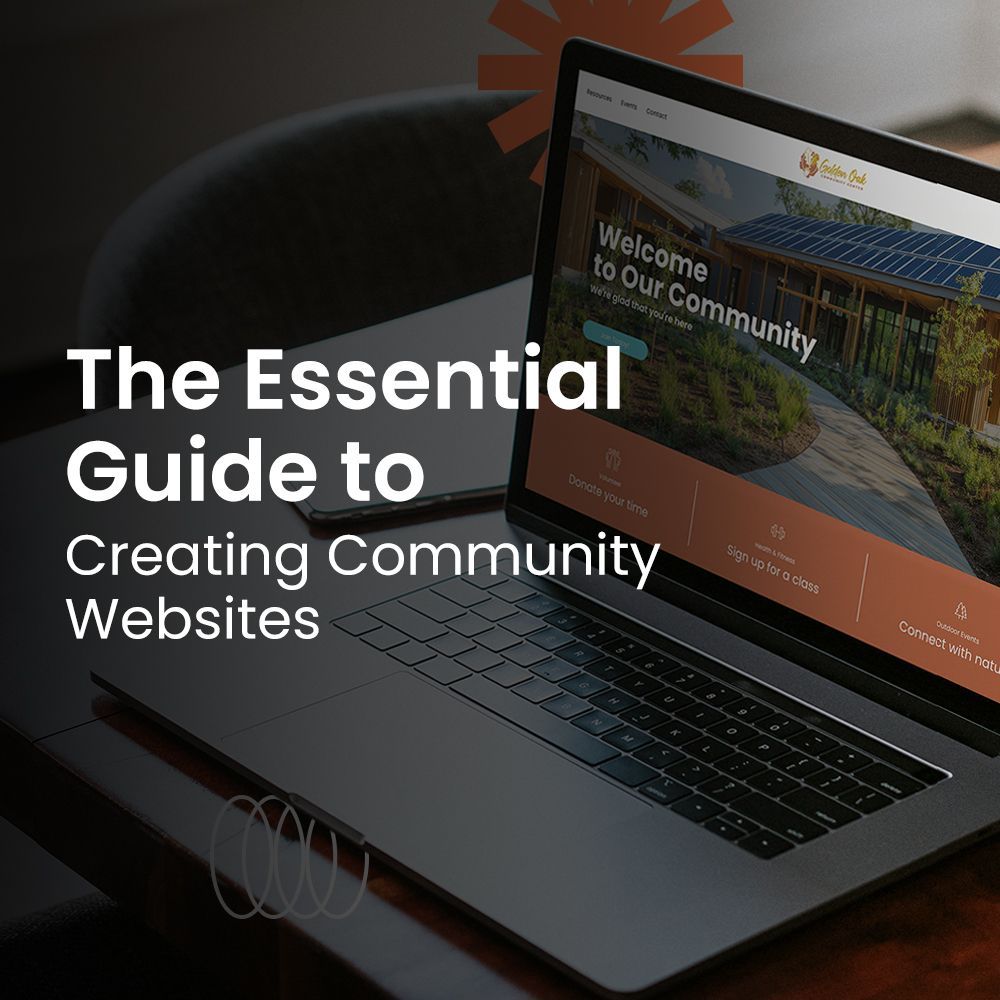How to Connect and Engage Political Leaders With Your Senior Center

Getting political leaders involved with your senior center can create a powerful network of support, visibility, and resources that benefit your entire community. Whether it’s your local mayor, your state senator, or your U.S. representatives, building bonds with these influencers has many benefits.
Elected officials often look for opportunities to connect with their constituents — especially those who vote regularly, like older adults. Developing relationships with these leaders not only brings recognition to your center but can also lead to funding opportunities, policy changes, and stronger advocacy for senior-related issues.
Fostering those connections, however, takes time, creativity, and effort. Here are some suggestions to help you get started and use those relationships to your center’s advantage.
7 Tips for Connecting With Political Leaders
1. Start With an Invitation
The first step is to reach out. Many local, state, and national representatives are open to community engagement, but they may not know how to get involved unless you ask. Send them a formal invitation to visit your center, attend a special event, or speak at a town hall meeting. Include background about your center, the number of members, and the positive impact it has on seniors’ lives. Make it clear that you’re offering them a chance to connect directly with a key demographic.
2. Host a “Legislative Breakfast” or “Coffee With a Representative”
If your budget allows, hosting a legislative breakfast or lunch can be a great way to foster bonds. At these informal events, political leaders can mingle with seniors in a relaxed setting. A meal or even a coffee hour is a low-pressure way for politicians to introduce themselves and hear directly from seniors about their concerns. These events can be held quarterly and feature different guests, from city council members to state representatives.
3. Showcase the Impact of Your Center
Use data and personal stories to show how vital your center is. Prepare a short presentation or brochure that highlights programming, services provided, attendance numbers, and testimonials. Make sure this information is displayed prominently on your website and in your newsletters. The more compelling your center’s story, the more likely that political leaders will advocate for you.
4. Involve Members in the Process
Encourage members of your senior center to be part of the outreach. Have them write letters or sign petitions. During visits, have them share personal experiences — a heartfelt story from a member can make a lasting impression on a policymaker. You could even form a small advocacy committee within your center to stay in contact with elected officials and follow up after meetings.
5. Partner on Initiatives
Look for opportunities to align your center’s goals with a representative’s priorities. For example, if a legislator is focused on healthcare or mental health, propose a partnership to promote wellness programs at your center. Joint events or co-branded campaigns can boost visibility for both parties and make your center a hub for community engagement. One easy way to stay updated on what’s happening at the federal level is to subscribe to free newsletters from sources covering elected officials.
6. Recognize Their Efforts
When a politician supports your center — through a visit, proclamation, or policy action — make sure to thank them publicly. Highlight their involvement on your social media and in both your print and digital newsletters. Don’t forget to send out press releases to local television and print media before events. Positive publicity encourages politicians to stay engaged and demonstrates to other leaders that your center is worth their attention.
7. Stay Engaged All Year Long
Try to nurture these relationships year-round, not just during election season. Send regular updates about your center’s activities, invite leaders to seasonal events, and keep them informed about seniors’ needs. Building long-term partnerships helps ensure your center remains a visible and valued part of the community.
Be Consistent in Public Communication
Finally, remember to be consistent with your communication schedule. Whether it’s the newsletter you send to members or outreach to political leadership, staying top of mind is crucial to your success. Read
Why Consistent Communication Matters for Your Senior Center to learn more!




